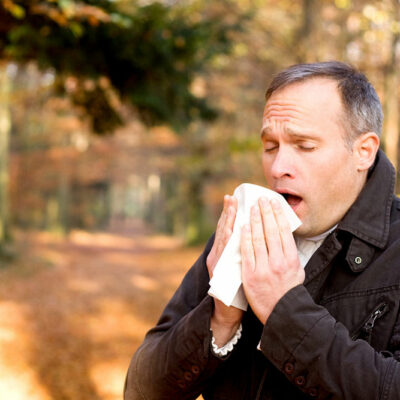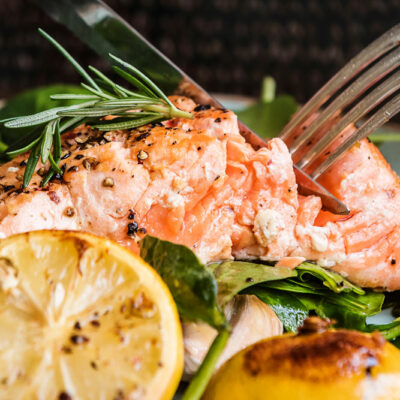
Tree pollen allergy – Symptoms, types, and management tips
Tree pollen allergy is one of the most common types of allergies. Pollen is a fine powder-like substance produced by a tree. The wind picks it up and spreads it around, causing more of that tree’s species to grow in different places. As this happens, the pollen sometimes lands on one’s clothes and blows in through open windows. For those allergic to tree pollen, this can quickly trigger several allergy symptoms. Symptoms of tree pollen allergy In general, tree pollen causes hay fever or allergic rhinitis, which has several symptoms. Some common signs of tree pollen allergy include: Persistent sneezing This is one of the most common tree pollen allergy symptoms. One may sneeze as the body tries to remove the allergens from the nasal passages. The sneezing may persist for a while, making it hard to focus on the task one is doing. Runny or stuffy nose Nasal congestion causes stuffiness or a runny nose. This symptom usually occurs when the allergy triggers inflammation in the nasal passages. Itchiness in the eyes, nose, and throat When pollen triggers an allergic reaction, the immune system releases histamines as a self-defense mechanism against the foreign particles. This causes itching in the eyes, throat, and nose, which can cause discomfort.
Read Article 









